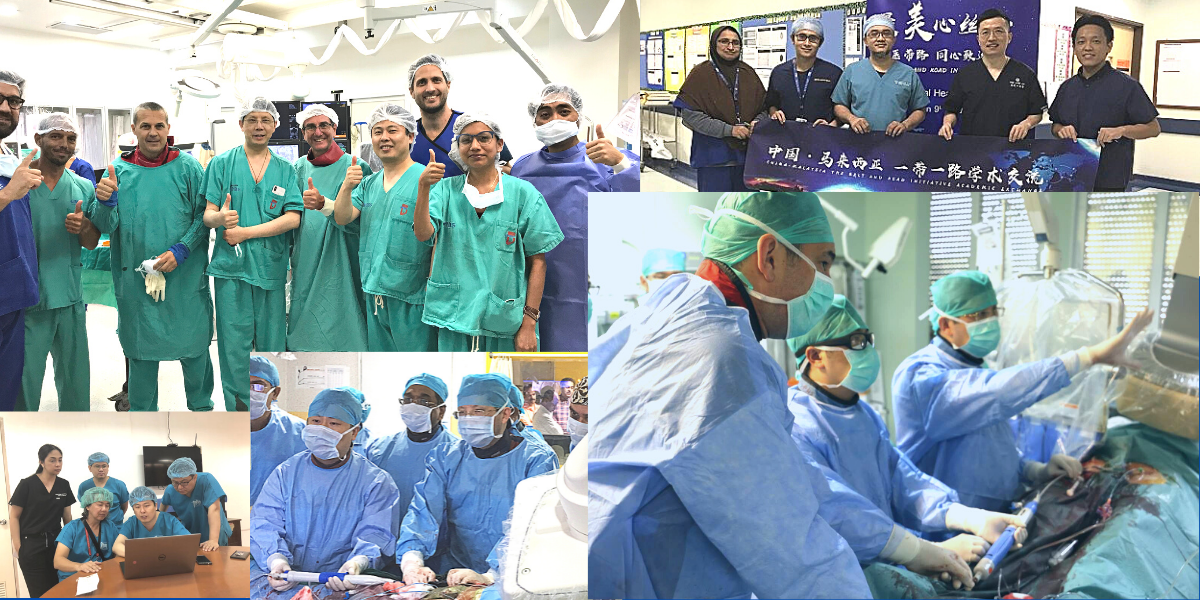
SAHZU focuses on the development of interventional solution to valvular heart diseases and device innovation. Because of the expertise in this field, SAHZU cardiologists have been invited to deliver on-site proctoring of Transcatheter Aortic Valve Replacement (TAVR) at 7 international medical centers in Europe, South America and Asia-Pacific region and to demonstrate artificial heart valve designed and developed by the team.

To learn more about SAHZU Centers of Excellence, please click here.
From March 11 to 15, SAHZU President Prof. WANG Weilin and a SAHZU multidisciplinary team successfully completed Uzbekistan's first pediatric living donor liver transplant, the first left lobe living donor liver transplantation in adults, and the first living donor kidney transplant with retroperitoneal laparoscopic nephrectomy during a five-day visit to the Republic Specialized Scientific-Practical Medical Center of Surgery Named After Academician V.Vakhidov (RSSPMCS).
The surgical operation demonstrations were an important part of collaborations between SAHZU and RSSPMCS aimed at academic exchange and doctor training, and eventually bridging Chinese and Uzbekistan medical professionals.
The SAHZU-RSSPMCS MOU signing ceremony was also held in RSSPMCS in the morning of March 11. Representatives from the Embassy of China in Uzbekistan and Ministry of Health of Uzbekistan, presented in the ceremony along with other distinguished guests from SAHZU and RSSPMCS.

In October, 2024, SAHZU Executive Vice Chairman and colorectal surgeon Prof. DING Kefeng and his team was invited to demonstrate a challenging case of laparoscopic extended left hemicolectomy at the First Central Hospital of Mongolia in Ulaanbaatar.
The patient is a 54-year-old Mongolian woman who suffers from ulcerative colitis. Medical treatment was ineffective, and the lesion extends from the rectum to the splenic flexure of the colon, causing recurrent diarrhea and intestinal obstruction. The patient underwent a laparotomy due to intestinal obstruction a year ago, resulting in extensive adhesions between the small intestine, the incision site and the pelvic area within the abdominal cavity. The extensive adhesions, the widespread inflammatory edema of the affected intestinal segment, and the inherent challenges of laparoscopic surgery on the left colon significantly increased the difficulty of the operation.
Finally, with tacit cooperation and meticulous operation, the three surgeons successfully separated the adhesions under laparoscopy and excellently completed the minimally invasive surgery of intestinal segment resection and colorectal-anal anastomosis. The next day, the team visited the patient again for the postoperative check-up. The patient was recovering well, in excellent condition, and was already able to get off the bed and walk around. She expressed heartfelt gratitude to the SAHZU team.
